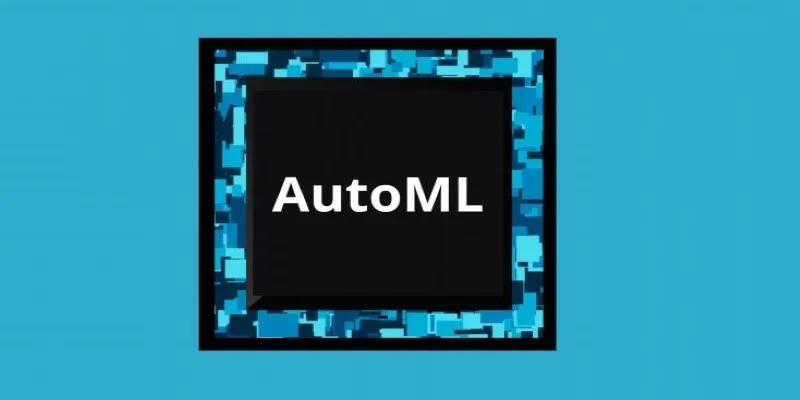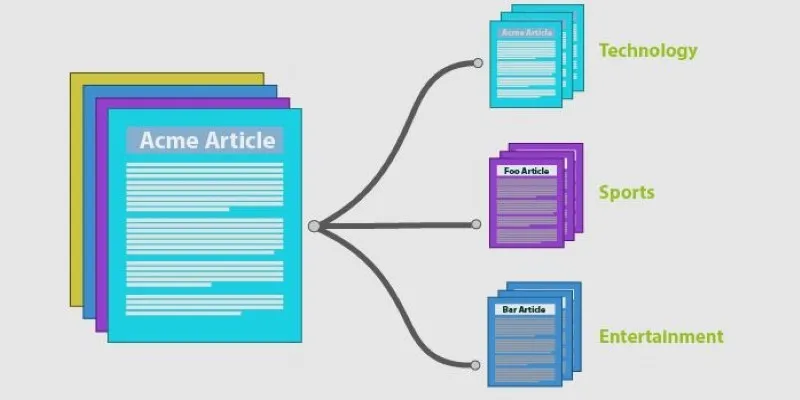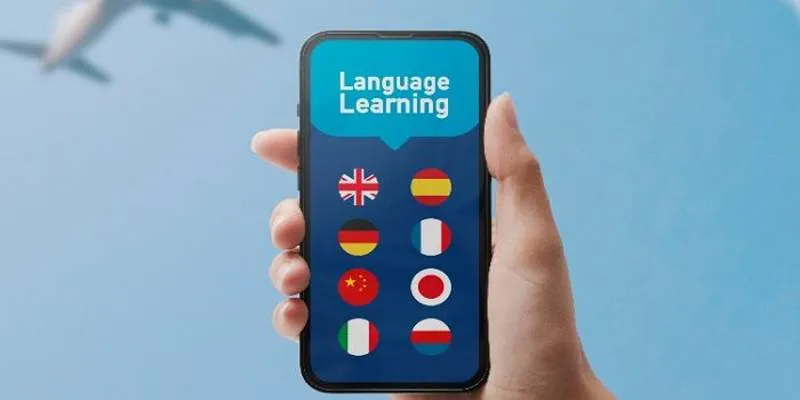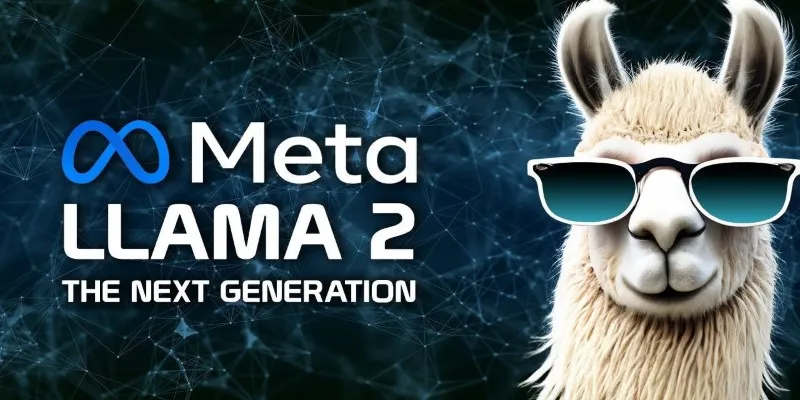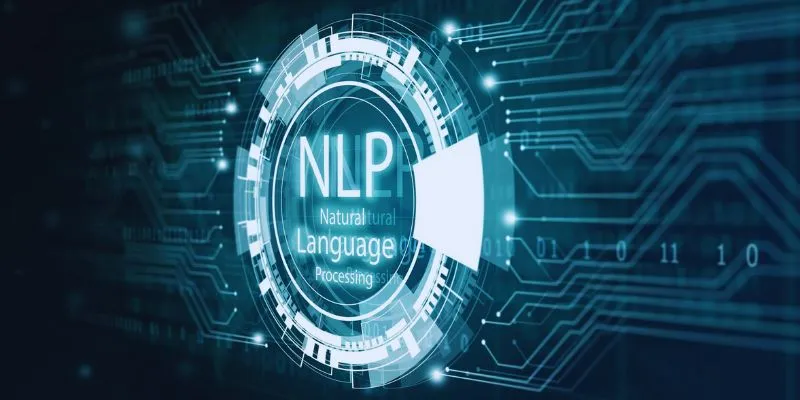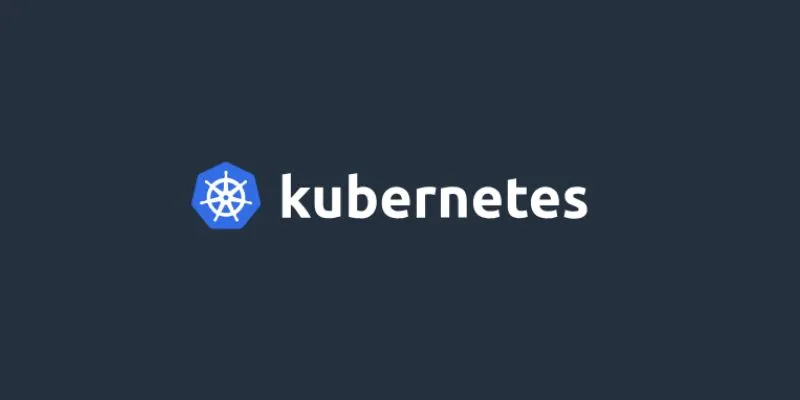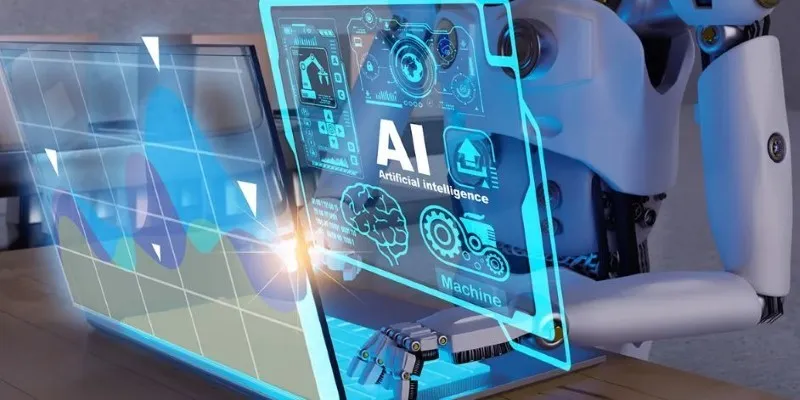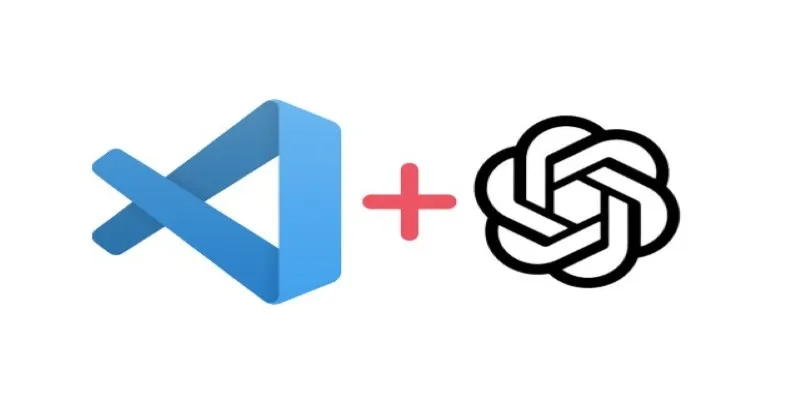Machine learning is revolutionizing industries worldwide. As the demand for data-driven insights grows, beginners need accessible tools to get started. The right tools simplify the learning process, whether your goals involve predicting sales trends, analyzing customer behavior, detecting fraud, or more. By 2025, many platforms will offer user-friendly interfaces, built-in libraries, and tutorials designed for beginners.
In 2025, novice users can leverage these machine learning tools to create basic models, work with real datasets, and progressively enhance their skills. From drag-and-drop options to popular programming languages, these tools help reduce the learning curve, providing aspiring data scientists with practical experience in machine learning projects.
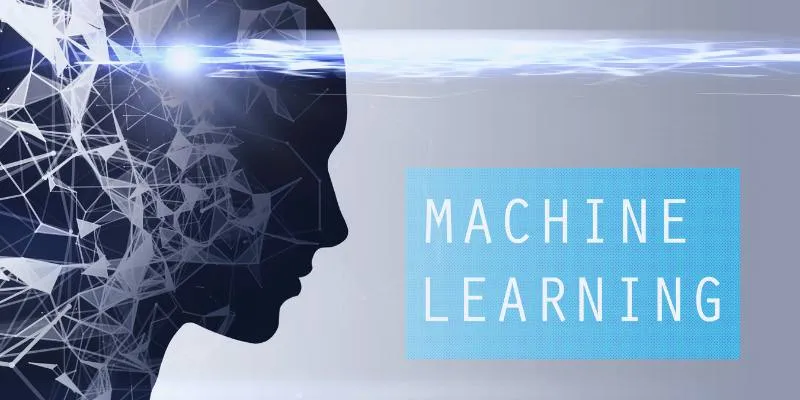
Top 7 Machine Learning Tools
Here, we list the top 7 platforms to kickstart your journey into machine learning.
TensorFlow
TensorFlow is a widely-used machine learning tool developed by Google, offering robust resources for beginners. Its flexible architecture allows users to build models for text analysis, image recognition, and even complex neural networks. The TensorFlow ecosystem supports both traditional machine learning and deep learning. Its comprehensive tutorials, documentation, and beginner-friendly guides make it a favorite among novices. Additionally, TensorFlow integrates seamlessly with Jupyter Notebooks, making it perfect for beginners who want to code directly in their projects. With simplified APIs and pre-trained models, beginners can start training without extensive coding. TensorFlow Lite enables model deployment on mobile devices, making it a crucial tool for anyone entering the fields of artificial intelligence or data science in 2025. Its open-source nature and community support further enhance learning and accessibility.
Scikit-Learn
Scikit-Learn is an excellent choice for those starting in machine learning. Built on Python, it offers easy-to-use interfaces for various machine learning tasks. Scikit-Learn specializes in classical techniques such as regression, classification, and clustering. Its clear syntax is appreciated by beginners, and the library includes numerous examples, from handwritten digit recognition to housing price prediction. Scikit-Learn works effortlessly with other Python tools like NumPy, Pandas, and Matplotlib, making it suitable for students focusing on both supervised and unsupervised algorithms. In 2025, its simplicity and extensive community support make it one of the best tools for machine learning novices.
Google Colab
Beginners will find Google Colab to be an ideal cloud-based program, allowing them to write and run Python code directly from their browsers without complex installations. Consequently, Google Colab is among the most beginner-friendly machine learning systems available in 2025. Colab supports popular libraries such as Scikit-Learn, TensorFlow, and PyTorch, enabling beginners to train models quickly with free GPU and TPU access. Colab files function like Google Docs, facilitating easy collaboration. The platform is rich with tutorials, instructional projects, and practical learning opportunities. Beginners can easily upload datasets, connect to Google Drive, and use Matplotlib to visualize results. Working in the cloud eliminates dependency on the learner’s computer hardware, making Google Colab a great option for future data scientists seeking accessible entry into machine learning in 2025 and beyond.
KNIME
KNIME provides a graphical interface to design machine learning workflows, making it ideal for novices who prefer visual learning over coding. Users can import data, clean it, apply algorithms, and visualize results without writing code by using a drag-and-drop interface. KNIME supports both advanced and classical machine learning methods. Beginners can build pipelines for text mining, clustering, and classification, making this tool highly versatile for newcomers in 2025. Novices who find programming challenging can still create powerful machine learning solutions. With its extensive selection of pre-built nodes and intuitive design, KNIME offers an excellent hands-on introduction to machine learning concepts in 2025.

Weka
Weka, an established machine learning tool, is primarily used for research and education, making it particularly suitable for beginners in academic settings. Through a GUI-based interface, Weka allows students to apply machine learning techniques directly to datasets without coding. Beginners will find it easy to input datasets, apply classification techniques, and visualize outcomes with Weka. It supports widely-accepted methods, including clustering, neural networks, and decision trees. In 2025, Weka will remain one of the most beginner-friendly machine learning systems, allowing students to focus more on concepts than on programming. Its practical features and academic roots continue to make Weka popular among beginners.
RapidMiner
RapidMiner is a comprehensive data science tool designed for both beginners and experts. It stands out as one of the best tools for machine learning novices due to its graphical workflow designer, allowing students to design entire machine learning processes without coding. With pre-built templates, RapidMiner enables novices to start quickly. Users can visually import data, clean it, run algorithms, and analyze outputs. It supports traditional methods such as clustering, decision trees, and regression. For students seeking practical, hands-on experience in 2025, RapidMiner remains a top choice. It bridges the gap between education and practical application for students who desire professional-level tools with a beginner-friendly interface.
Orange
Orange is a visual programming tool for data science and machine learning. Its drag-and-drop system allows novices to create workflows without coding. Orange provides modeling, preprocessing, visualization, and data import functionalities. Interactive widgets enable beginners to explore various machine learning techniques, including text mining, clustering, regression, and classification. Its powerful visualization tools help students understand data trends and model behavior. In 2025, Orange’s simplicity and versatility will make it a beginner-friendly machine learning tool. Students who find coding daunting can access practical algorithms and immediate results.
Conclusion
Although starting in machine learning can seem daunting, it offers exciting career prospects. The right tools simplify this journey. Whether you prefer visual platforms like KNIME and Orange or powerful coding tools like TensorFlow and Scikit-Learn, there’s something for every student. These beginner-friendly machine learning systems in 2025 provide hands-on experience, tutorials, and examples to help novices succeed. By exploring these tools, you’ll gain valuable knowledge and understand the core concepts of machine learning. Start with tools that match your learning style and gradually build your confidence.
 zfn9
zfn9
